Invasive species threatening this urban wetlands oasis are no match for this crew.
Between the docks of Marina Del Rey and the bustling terminals of LAX, there’s an oasis. The Ballona Wetlands, despite being the second largest open space in Los Angeles (next to Griffith Park), is often overlooked — but not by its ranks of loyal volunteers. This is the last remaining major wetlands in Los Angeles County, and volunteers (among them many Playa Vista residents) eagerly pitch in to protect an ecosystem that defines their community.
In the Ballona Discovery Park, a two-acre native garden and wetlands educational space, The Grow Native Garden Club meets every other Tuesday to restore native habitat. In the Park, the birds (some 300 species) are louder than the cars whizzing past on Bluff Creek Drive. Sister Sara Tarango, a frequent volunteer, joined the club in the fall of 2022, spurred by her ardor for ecological justice.
“Seeing a plant in the ground and being able to say I helped with that is rewarding,” Sister Sara told me when I visited the club one Tuesday this spring. She was planting sage as we spoke, struggling with the dried-up soil — a consequence of the fill dumped on the area in the early 2000s during the development of Playa Vista. Still, Sister Sara is hopeful about what she’s seen in the wetlands. “These plants are thriving,” she said. “Nature finds a way.”

While volunteers were weeding, Lisa Fimiani, Board Member of Friends of Ballona Wetlands and President of the Ballona Discovery Park Partners, filled the bird feeders. “There’s a lot of people that are involved who know what needs to be done,” Fimiani said, explaining why she’s hopeful about the wetlands’ future.
Over 95 percent of Los Angeles’ original wetlands have disappeared, largely due to development. But invasive plants pose another notable threat. In the Ballona Wetlands, nonnative species like ice plant and pampas grass have run rampant, choking out native plants and leading to a loss of biodiversity.
California’s droughts threaten to impede the growth of native plant species. Fimiani pointed out some spindly, parched shrubs, but others, like a lemonade berry tree she showed me, were growing tall and strong.
Weeding out nonnative plant species and replanting native ones is a constant effort, Fimiani says. The invasive plants spread rapidly — they’ve degraded over 70 percent of the Ballona Wetlands protected area. In addition, invasive insects like Argentine ants, the number one pest in the area, damage or kill the native plants that volunteers place in the park.
But volunteers continue to work hard to protect the native ecosystem. They’ve played a role in some key restoration victories, including the return of the El Segundo Blue Butterfly in 2007. These vibrant insects, which live only in dunes like those found in the Ballona Wetlands and depend upon buckwheat for their survival, were nearly extinct. But after volunteers planted buckwheat in the wetlands, El Segundo Blue Butterfly populations expanded their limited territory and took up residence in the reserve.

Friends of Ballona Wetlands offers about six volunteer events each month, and sometimes as many as 100 volunteers show up. There are restoration events on the first and third Fridays of the month, a creek cleanup, a Saturday restoration event, and the Garden Club on the second and fourth Tuesdays of the month. The Friends also offer paid internships — which can be few and far between in environmental fields.
Even with consistent community involvement, Fimiani says volunteers are only part of the equation. “We do small-scale restoration every single day with the help of volunteers and interns, but we can only do so much.”
A larger part of the effort is the Ballona Wetlands Restoration Project, a plan spearheaded by the California Department of Fish and Wildlife that involves creating or enhancing 201 acres of wetland habitat, removing barriers to tidal flows, and adding bike and pedestrian paths in an attempt to make the wetlands more accessible to the community, among other changes. The project has garnered backlash from some environmental groups, who filed a lawsuit to stop it, claiming that constructing levees to restore tidal flow could disrupt habitats and that increased human access will impede conservation efforts. A Los Angeles Superior Court judge recently ruled in favor of these groups, halting the project until the state files a revised environmental impact report.
The Ballona Wetlands has a long history of contention over approaches to preservation. But regardless of the disputes, community members continue to roll up their sleeves to protect the surviving wetlands.
On the day I visited the Garden Club, another volunteer, Anthony Insinilla, pushed a wheelbarrow full of mulch as he told me that the volunteer initiatives at Ballona have inspired a broader awareness about native ecosystems. “People don’t realize that animals don’t know what to do with plants that aren’t from somewhere that’s around here,” Insinilla said. He’s seen people who’ve started planting native plants in their yards marvel at the wave of biodiversity that follows. To him and others, native plants provide a special way to reconnect with the pre-development Los Angeles environment.
Sister Sara sums it up: “This work has taught me to recreate environments [to be] how nature intended them, not how we intended them.”


